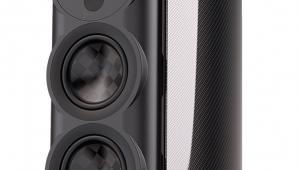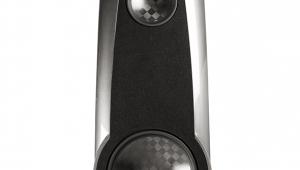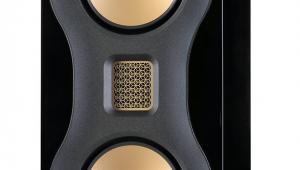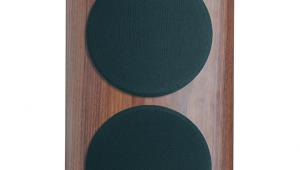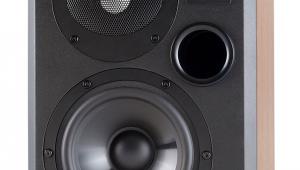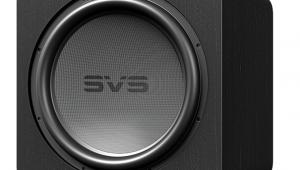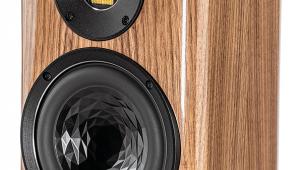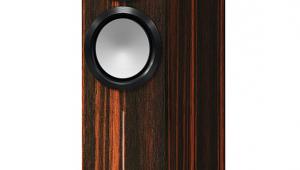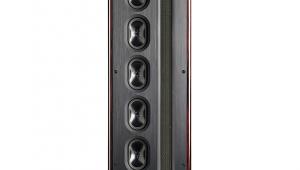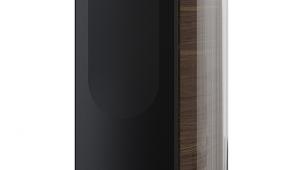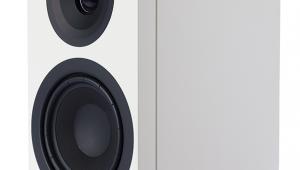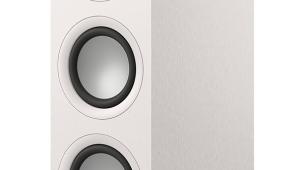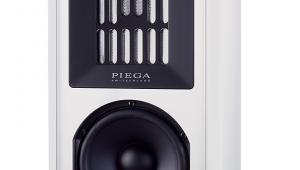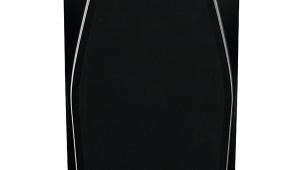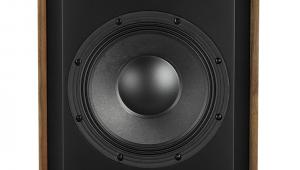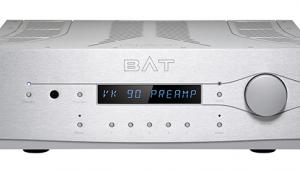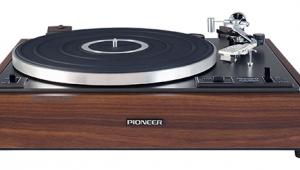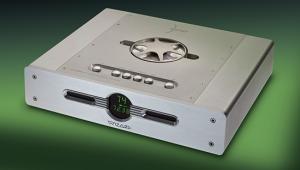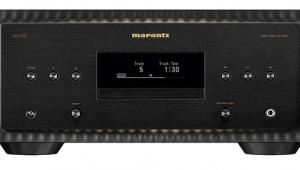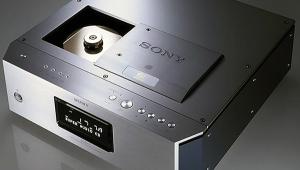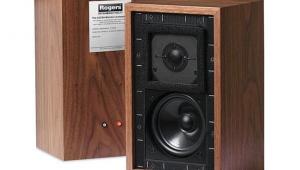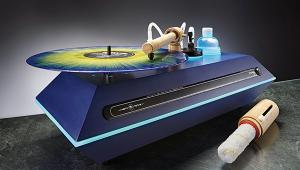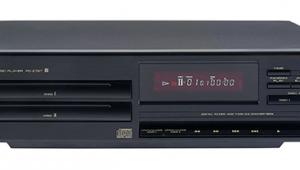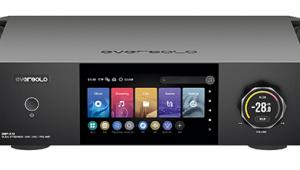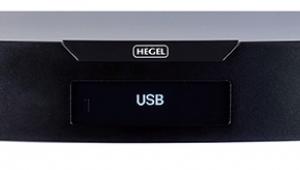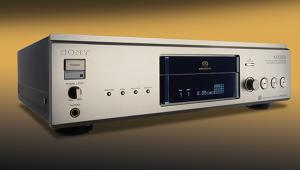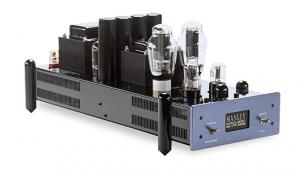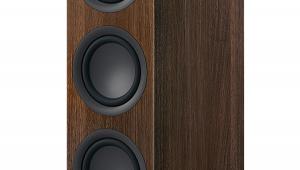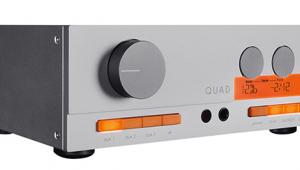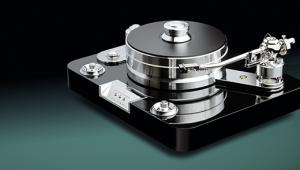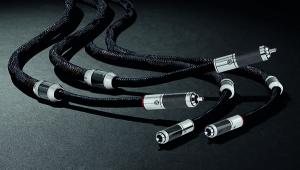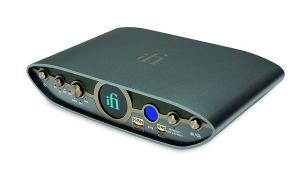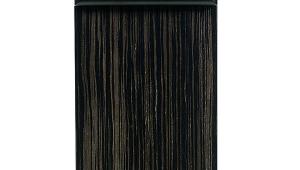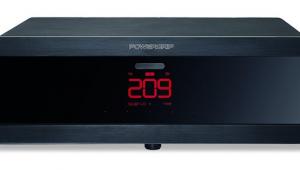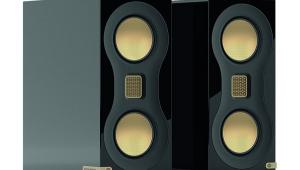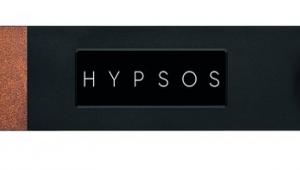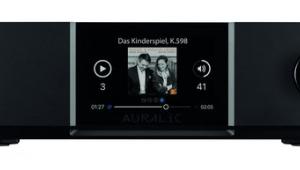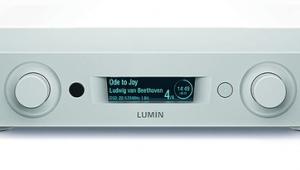Marten Parker Trio Diamond ABR-loaded loudspeaker
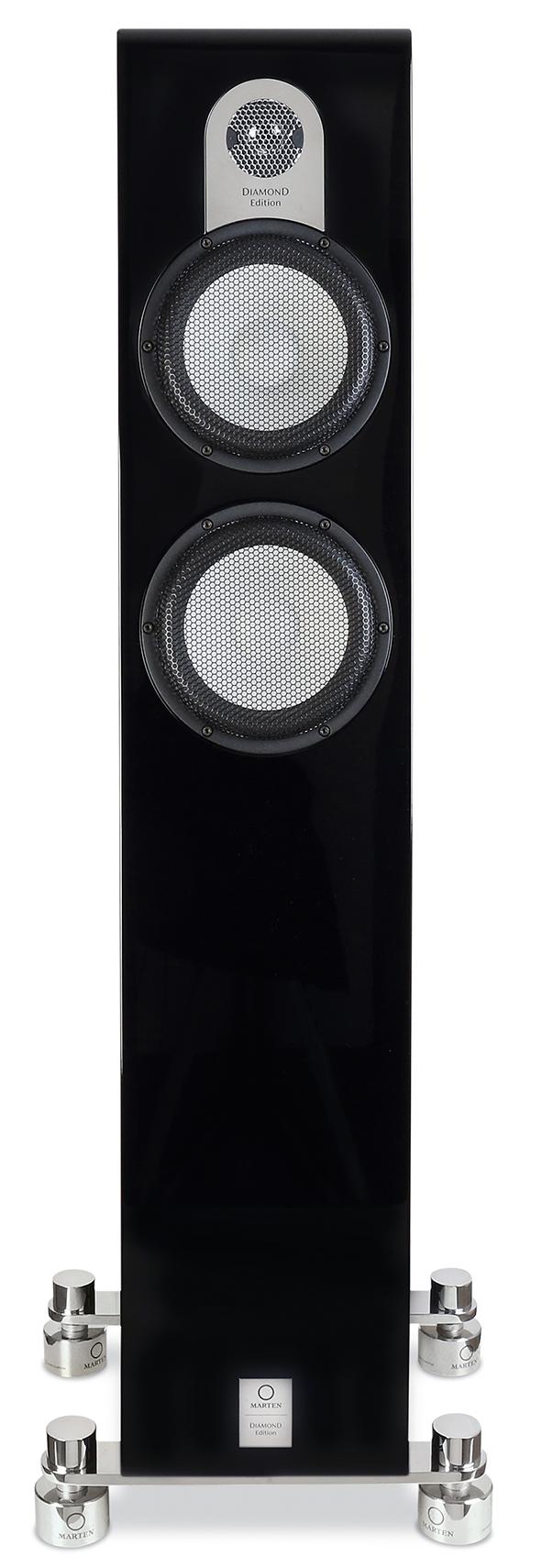
 With uprated tweeter, internal wiring, crossover and terminals, the Diamond edition Parker Trio is a jewel in Marten’s crown
With uprated tweeter, internal wiring, crossover and terminals, the Diamond edition Parker Trio is a jewel in Marten’s crown
Marten Parker Trio is not, of course, the name of a new jazz act. Marten is the Swedish loudspeaker manufacturer, established as a family business by Leif Mårten Olofsson in 1998, and Parker Trio one of its floorstanding options. Yet the jazz angle still applies, as the company's other speaker ranges are Coltrane, Mingus, and Oscar. Perhaps Olofsson, who heads up the company as its chief designer, has Monk or Davis in mind for the future...
Launched in May 2020 with as much fanfare as the Covid restrictions of the time allowed, the Parker series, with the Trio flanked by a bigger Quintet tower and the smaller Duo standmount, replaced the outgoing Heritage range. It represents the sweet spot in the Marten pecking order, above the entry-level Oscar speakers but below the Mingus and Coltrane families, where pricing reaches six figures. The two-and-a-half-way Trio sells for £19,500 in its basic form, although tested here, for around an extra £10k, is the speaker's Diamond Edition.
Karat clad
Offered for all three Parker models, this upgrade gets its name from a change in the high-frequency driver, Marten replacing the Trio's ceramic dome tweeter with a 'pure diamond' (vapour deposited) unit sourced from German specialist Accuton [HFN Mar '25]. The Diamond Edition also boasts higher-quality components in its crossover network, including a switch from polypropylene to copper foil capacitors; uses 'improved' speaker terminals from WBT; and upgrades the internal cabling – from fellow Swedish company Jorma – to its Statement range.
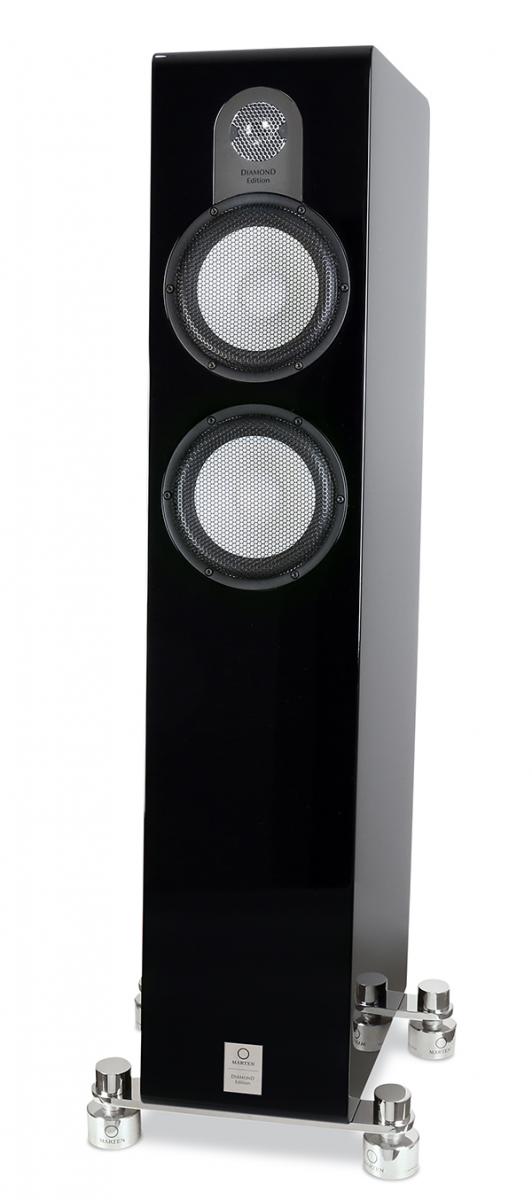
Outside of these changes (plus 'Diamond Edition' legends on the cabinet), this version looks identical to the standard model. The 25mm tweeter is framed by a semi-circular metal plate and positioned above two 190mm bass/mid drivers. These are ceramic types, custom designed by Olofsson specifically for this model, and backed by neodymium magnets for the promise of a 'very long' linear excursion. Like the tweeter, the bass/mids are protected by metal grilles that can't be removed but have been shaped and perforated for optimal dispersion.
Grilled goodness
The driver closest to the Parker Trio Diamond's tweeter reaches up to meet it at 2.2kHz. The lower unit rolls off earlier [see PM's Lab Report], as part of a 'multi-diverse order' crossover network that Marten says was developed 'through hours of listening and testing, plus rigorous simulation, calculation and measurement'. These two bass units are reflex-loaded via two 230mm rear-facing auxiliary bass radiators (ABRs), also protected by fixed metal grilles, although the cones themselves are an aluminium alloy, not ceramic.
For the Parker Trio Diamond's cabinet, Marten employs a proprietary multilayer fibreboard, a sandwich dubbed 'M-board', in walls that are up to 35mm thick. Internal bracing helps maintain rigidity, while a combination of 70% real wool and 30% acrylic wool assists with internal damping. More resonance control comes from the loudspeaker's outrigger feet. These feature height-adjustable 'Marten Isolators' developed in collaboration with Canada's IsoAcoustics, said to result in the cabinet being 'completely decoupled from the floor'.
With the feet attached, the Parker Trio Diamond stands 1.17m (the manufacturer's Coltrane Supreme 2 flagship is 2m high) and presents a slender, 22cm-wide face, although the cabinet widens slightly at the rear (to 28cm) to accommodate those two ABRs and help defeat internal standing waves. Completing the non-conventional shape are lean-back angles to the baffle and rear. Overall, the speaker has a refined, classic look, even with the Piano Black of our review set accentuating its chromed outriggers and tweeter fixings. Piano White, Piano Walnut or Matt Walnut are other options available, all benefiting from a hand-polishing process at the brand's factory south of Gothenburg.
For setup, the manual sensibly reminds the listener that 'every room is shaped and decorated differently', before recommending at least a 50cm clearance from the rear wall, and a listening distance of a minimum of 2.5m. To aid installation, Marten's supplied CD/USB includes a 15-minute 'burn-in' track to be left on repeat, plus music recorded at its own studio facility [see boxout, above].
![]() Grape expectations
Grape expectations
Setting up the Parker Trio Diamonds in the HFN listening room required very little work to arrive at an image with excellent central focus and palpable depth. From that moment on, Marten's speakers got out of the way, delivering a neutral-sounding performance free of unwanted surprises. Some listeners might consider this 'unexciting' and crave some additional bloom or romance from the midrange, but the more you listen, the more the Parker Trio Diamond's lack of extravagance becomes a virtue. These are speakers of considerable finesse and can be utterly captivating, but they are for those who prefer fine wine to fizzy pop.
With Constellation Audio's Centaur II 500 amplifier [HFN Dec '19] countering the speakers' somewhat power-hungry nature, Anna Fedorova's performance of Rachmaninoff's Piano Concerto No 2 [Channel Classics CCS 42522] filled the room. The Parker Trio Diamond's resolving abilities produced a crisp, clear sound, with every key press and pedal push easy to discern and the size and feel of the instrument in the St. Gallen venue shining through. There was a gorgeous weight to low piano notes, frequently delivered with force, alongside the more mellifluous strings of the accompanying orchestra.
Rapid response
ABC's 'Viva Love', from the band's Lexicon Of Love II set [Virgin EMI CDV 3150], begins with orchestral flourishes before settling into a pop-disco vibe. Again, the Parker Trio Diamond's revealing qualities came to the fore, particularly in the upper octaves where the tweeters ushered in clear, ringing percussion. A lean but tuneful bassline, allied to rapid-fire drums, guaranteed a rhythmic, pacey feel to proceedings. Synth effects were evenly panned between the speakers, and the Parker Trio Diamonds weren't caught out by the dense mix. A flourish of acoustic guitar at the end cut through with ease.
In the low octaves, these floorstanders get plenty of mileage from their dual bass/mid drivers and ABR loading. The deep electronic effects of 'Junior B' by Yello [The Eye; Motor, 96kHz/24-bit] sounded fluid and voluminous, with a buoyancy and richness that underpinned its otherworldly feel. Bass extension, too, was impressive for a speaker of this size. Elsewhere on the album, the bass lines of 'Time Palace' were harder-edged and chunky, showcasing the Marten Parker Trio Diamond's chameleonic nature.
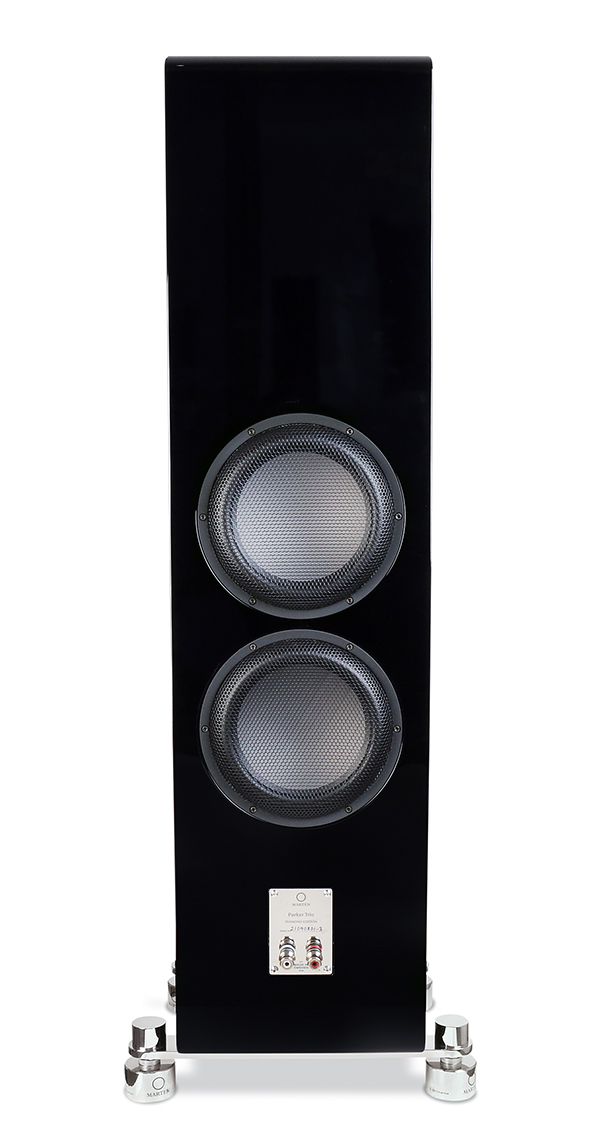
This calm, open, and uniformly finely etched performance worked wonders with the first part of Mike Oldfield's Return To Ommadawn [Virgin EMI, 96kHz/24-bit], with its endless flow of instrumental flavours to savour. Once more the Parker Trio Diamonds needed a crank of the preamp volume to dig into the riffs and rhythms, but with that achieved the cutting sound of Oldfield's guitar, against a massive background, was spine-tingling. And when the track segued into acoustic guitar, the picked nylon strings rang out with excellent clarity, appearing to come from anywhere but the loudspeakers themselves.
Snap 'n' wiggle
Could the Parker Trio Diamond's midrange sound a little more vociferous? That'll come down to personal preference. While lapping up its confident portrayal of The Eagles' 'Hotel California' [Rhino Records; 192kHz/24-bit], where the intro's percussion effects were set beyond the edges of the cabinets, I wouldn't have minded more meat on the bone once the rhythm section landed. Similarly, Joe Satriani's 'The Journey' [Strange Beautiful Music; EPC 508076 2] impressed with the transient snap to its bass line, and the myriad guitar tones on show, but missed out on some vim and vigour.
That said, this measured voicing doesn't stop the Parker Trio Diamond from communicating the feel of the music at hand. The Who's 'Won't Get Fooled Again' [Who's Next; Universal Music, 96kHz/24-bit] enjoyed the extra layer of heft these deceptively bass-rich cabinets can muster, giving the power chords added weight. After the middle eight the band locks into a groove with handclaps and funky drumming that, on a good system, is impossible not to start wiggling along too. Marten's speakers passed this test with ease.
Marten’s mid-tier Parker Trio is not inexpensive in its Diamond Edition guise, but those who invest will get stylish, unobtrusive cabinets and a sound that sparkles, gently, with detail and clarity. There’s plenty of bass energy here too, plus a winning way with complex soundstages, big or small. Don’t expect sonic ‘fireworks’ – these floorstanders are too couth for that – and you’ll surely be bowled over.
Sound Quality: 87%
